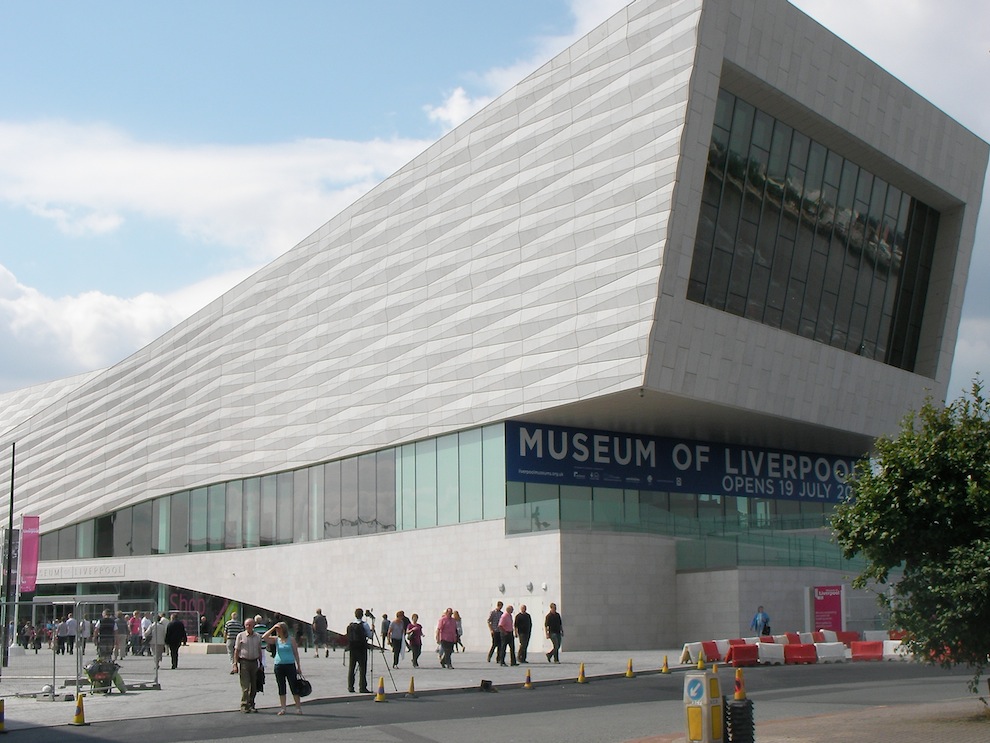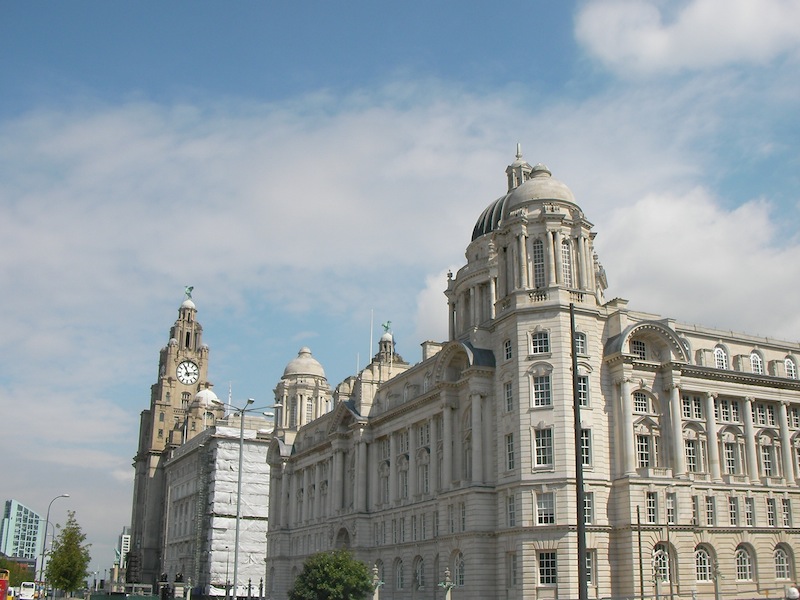The wind of change is blowing in off the River Mersey.
The afternoon of my visit may be darker than the trademark Scouse sense of humour, but the shifting-cityscape view from One Park West, the city’s new £60m, 17-storey residential development, testifies to Liverpool status as Britain’s renaissance city.
The northwest English city went about a major self-reinvention in the run up to its role as the 2008 European Capital of Culture.
More than 15m people attended a cultural event or attraction during the cultural jamboree and the value of tourism to Liverpool’s economy rose by 25 per cent. But can Liverpool sustain the growth?
Property developer Grosvenor, the company behind the £1bn Liverpool ONE shopping complex that adjoins One Park West, thinks so. Sales at One Park West topped £25m in the first year and Liverpool ONE now attracts 22m visitors per month.
“Confidence. That’s the difference,” says Grosvenor Projects Director Guy Butler.
“Liverpool has a can-do attitude and its people are proud of their city once more. Grosvenor has five more projects on the table over the next five years. We will be investing a further £100m in the city.”
Changing landscape
The cityscape is certainly changing fast.
As I take a stroll along the Unesco World Heritage-listed waterfront, cranes are hovering over residential development Mann Island, due for summer completion through Countryside/Neptune, and the £72m Museum of Liverpool [pictured above], a major new cultural attraction due to open Spring 2011.
Langtree Developments are working on the regeneration of the former Liverpool Garden Festival Site, while Peel Holdings has tabled proposals for Liverpool Waters, the regeneration of 150 acres of currently redundant waterfront.
“The market was already accelerating before we won the Capital of Culture bid and we got ahead of ourselves as a city,” says Alan Bevan, Partner with estate agents City Residential.
“Today, however, the market has fallen has back from the off-plan peaks of 2007 and city-centre living is far more affordable.”
City Residential figures show the average sale price in the city centre has fallen 8.46 per cent over the last 12 months with the average city-centre and docklands prices now £134,263 and £142,525 respectively, both around nine per cent down year on year.
“While the leafy suburbs of Woolton and Allerton were popular with buyers before, the combination of increased affordability and a greatly improved infrastructure are now firmly driving sales in the city centre,” he adds.
Georgian quarter
The range of properties is broad from young-professional apartments to grand Georgian homes, albeit at far more affordable prices than London or Bath.
Popular central regions include South Ferry Quay, a dockside address where City Residential are marketing two-bed apartments with parking for £130,000, and the area around Duke Street with two-beds for £120,000.
The city’s well-preserved Georgian quarter, located between the city’s iconic twin cathedrals, boasts streets of neat, feature properties. Grade II-listed properties abound and stately five-bedroom homes attract a price tag around £500,000.
On the doorstep is the Art Deco-styled Liverpool Philharmonic Hall, home to the Royal Liverpool Philharmonic Orchestra, while St George’s Hall, a fine example of neo-classical architecture, hosts major cultural events a short distance from train hub, Lime Street Station.
Different values
Jacquie Rogers relocated from Brighton to Liverpool in May 2006 to head up the eight-person launch team for £164m Arena and Convention Centre (ACC) on Liverpool’s waterfront.
ACC Liverpool has since contributed £200m to the visitor economy of the city, hosting major events such as the BBC Sports Personality of the Year and the MTV Europe Music Awards in 2008; it has won the contract to bring next year’s Labour Party Conference to the city.
“Capital of Culture has brought a very European feel to Liverpool with its cafe culture,” says Rogers, who sold a three-bed, 1930’s semi on the outskirts of Brighton for £280,000. She bought a three-bedroom Victorian property with a large garden and views across the Dee Estuary on Merseyside for £320,000.
“When I first moved north, Liverpool had a negative perception but I could see the huge levels of investment pouring into the city. I realised it would be a very different city within a few years.”
Since relocating, Rogers has noticed how the market moves more slowly and properties hold their price longer compared to the south. “You do get more for your money but it’s not the case you will go from a semi to a stately home,” she says. “The quality of life is far better, however,” she says.
“I like the way people in Liverpool use their leisure time and income to enjoy life, not spent it in a frenzy of trying to achieve,” she adds.
Sunset views
Back at One Park West, Guy Butler is showing me round some of the show apartments. Buyers have an option to buy an upgrade package on top of the sale price, whereby the property is designed, fitted and furnished by an interior designer.
We peruse space-saving ideas in a yellow-Tartan studio flat with a pull-down bed (just sold for £120,000), while a three-bedroom corner suite in turquoise and chrome, featuring floor-to ceiling windows and a white grand piano John Lennon would doubtless approve of, is being marketed for £415,000 through King Sturge. Other One Park West features include a 24-hour gym, concierge service and a private roof terrace.
Around 50 of the original 326 apartments are still for sale with prices starting from £90,000 for a studio to £165,000 for a two bed.
“Clients range from young entrepreneurs seeking a city bolthole to well-heeled parents providing student digs with a view while their offspring study at one of the city’s universities,” explains Guy.
One postgraduate enjoying the view from his non-traditional student digs is 22-year-old Henry Brown, the son of a commodities broker from Hong Kong, who is studying Physics at Liverpool University.
While other students are shivering by one-bar electric fires in bedsits, Jones moved into a £350,000, three-bedroom apartment at One Park West in June 2009.
“I spent three months looking around but this pace stood out,” he says. “It makes financial sense. I think this place will not just hold its value, it will increase over the next ten years given the investment in the city.”
“Nothing beats coming home, opening the blinds and watching the sunset over the city with a few drinks.”
What did you think of this story? Post your comments below.
This article was first published in the Weekend FT in 2010.
Liked this? Try also Exploring the maritime heritage of Unesco-listed Liverpool.


